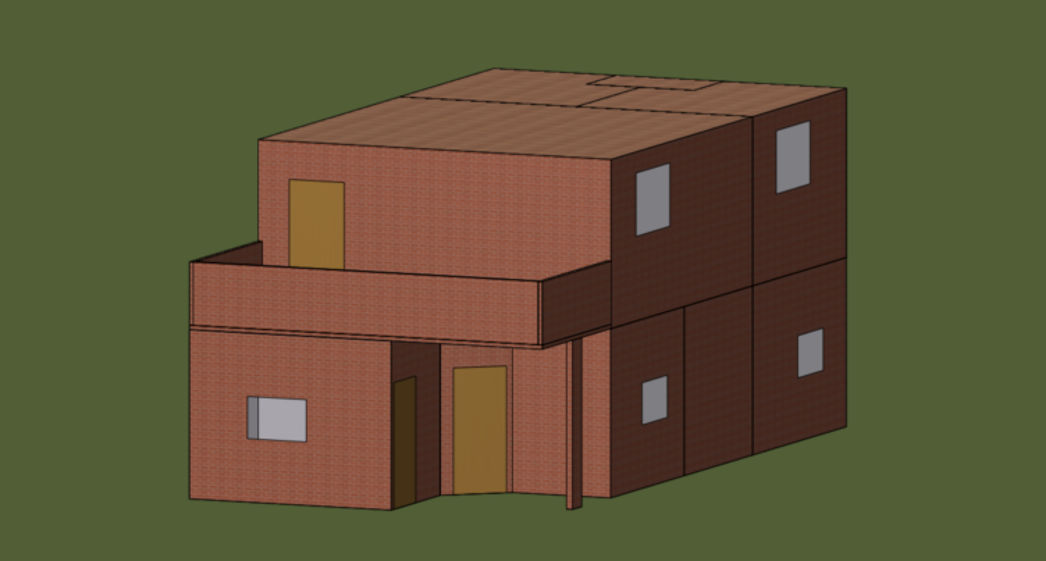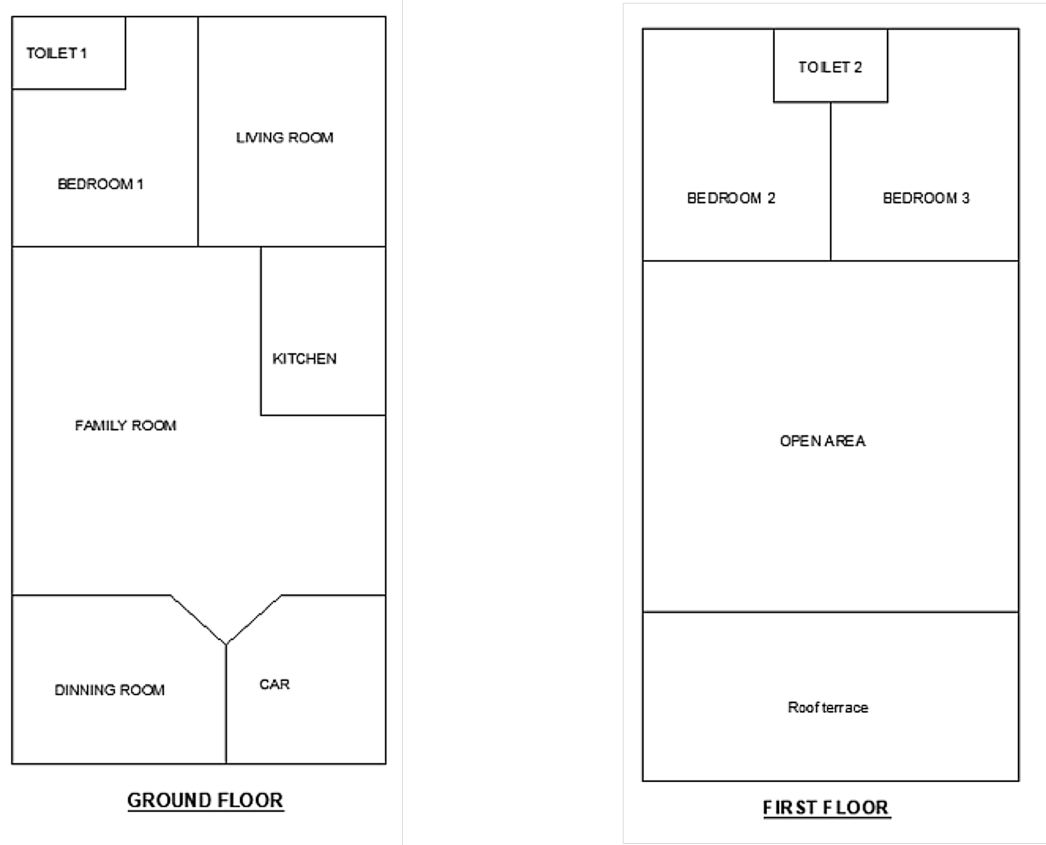
Technical Analysis - Demand Reduction Solutions:
It was identified that the major energy load component of the domestic sector can be attributed on average to artificial cooling requirements, especially air-conditioning. This is followed in scale by the load stemming from appliances- notably inefficient fridges; and subsequently, from the electric lighting demand.
Therefore, in a bid to reduce the total electricity demand of the city, several reduction mechanisms were proposed to tackle these areas, with the aim being to make a reliable supply more technically achievable. These can be achieved through a combination of more thoughtful design of building physics and increasing ‘internal’ efficiencies elsewhere.
Naturally, the primary focus of the reduction measures was on artificial cooling, as this comprises the demand majority. Other measures were also proposed to reduce appliance and lighting demand.
Modelling
In order to assess, contextualise and verify the proposed effects of demand reduction measures (primarily cooling), a dynamic building model was created within the IESVE 2018 software package. This model was designed to represent a standard medium-sized house expected to be found in Mian Channu and was assembled with the combined input from personal knowledge of team-members and literature review.
Figures 1 & 2 are for visual reference. Specifications of the basic model are as follows (whole model conditioned space area- 200m2):
Internal Ground Floor
[Family Room, Kitchen, Dining Room, Bedroom 1, Living Room, Toilet 1], 150m2 floor area.
Internal First Floor
[Open Area, Bedroom 2, Bedroom 3, Toilet 2], 50m2 floor area.
External Wall (U-value = 1.98 W/m2/K; width = 0.231m);
• 3mm external screed
• 2 x brick [110mm width] double leaf [Lodi. S, et al; 2013]
• 5mm cement bonded particle board
• 3mm internal stucco finish
Windows (U-value: 5.5 W/m2/K); single glazed (7mm outer pane).
Floor (U-value: 1.55 W/m2/K);
100mm reinforced concrete; cavity; 20mm chipboard floor; 20mm clay tiles.
Following pictures to be included in this section:

